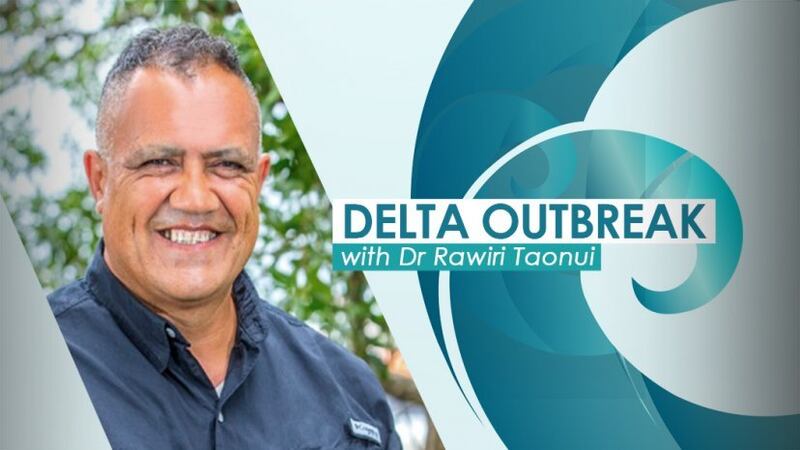As of January 26, there were 607 genomically sequenced cases of Omicron in New Zealand both in the community and at the border.
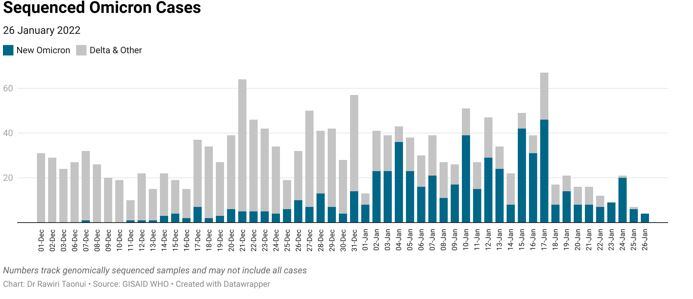
Omicron has proven challenging to track. When the Ministry of Health announced the first case at the border on December 16 there were already 13 cases in New Zealand.
When the ministry announced there were 196 cases in the country on January 12, the actual count was 372.
On January 28, the media reported total Omicron cases had passed Delta cases as the dominant variant in New Zealand. This happened on January 1.
The above data is from January 26. This analyst estimates there have now been between 800 and 900 Omicron cases.
Risk indicators
New community cases rose 167.2 per cent over the week to January 31. Border cases have declined but the general trend is a steady increase. Hospital admissions and the number of people requiring ICU remains low. Active cases in the community have risen 61.5 per cent and at the border 17.6 per cent.

Trends by ethnicity
Pacific peoples cases dominated the outbreak during August and September. Māori dominated from late September through to early December including a run of 60 consecutive days with the highest cases.
Despite dominating most of the Delta outbreak, Māori and Pasifika cases declined at a higher rate than other ethnicities over the holiday period. Notwithstanding our lower vaccination rates, Māori and Pasifika peoples were more cautious than other communities.
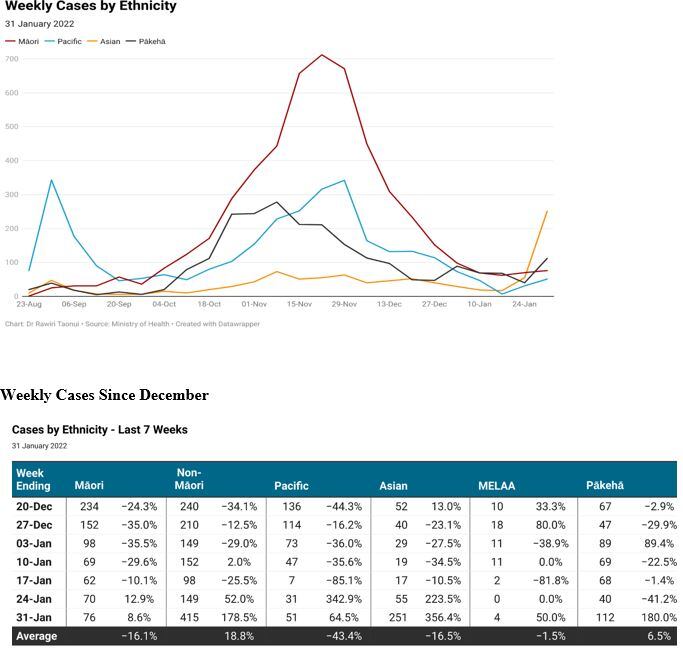
Weekly cases have begun rising with Omicron in the community. The Asian and Pākehā communities dominate numbers. Last week, Asian cases rose 178.5 per cent and Pākehā cases increased 180 per cent. Asian cases have been the highest on seven of the last nine days and Pakeha the highest cases once and second-highest four times.
Time for Māori to prepare
Māori cases rose just 8.6 per cent. Māori currently sit in the comfort of declining and lower cases. This may be the calm before the storm.
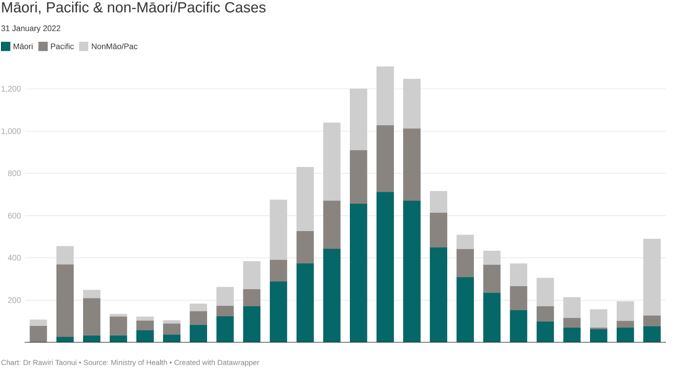
With 522 cases in the last five days, Omicron has the platform for a rapid increase. Following that, there will be a trigger point for cases to again climb in the Māori community.
This will occur when tamariki begin returning to school at the end of this week and next week. This will give Māori about 10 to 14 days to prepare. We should use this time to plan. Māori require the assistance of an urgent strategy to support home isolation and to advance vaccinations. The government needs to act as soon as possible.
General numbers
Aotearoa passed two thresholds this week. Māori cases passed 5,500 and total cases the 12,000 mark since the outbreak began in August passed 12,000.
The rise in non-Māori cases in the community and at the border has seen a distinct ethnic shift in the spread of active cases.
Since December 21, Māori active cases have fallen 77.4 per cent to 187 while Asian active cases have risen 371.4 per cent to 594, and Pākehā active cases have risen 143.3 per cent to 601.
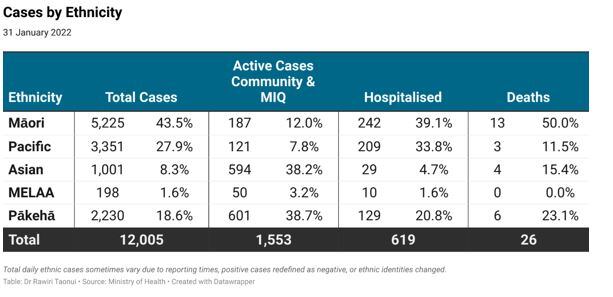
Outcome Index
Based on current numbers per 100,000 of population, Māori are 10 times more likely than Pākehā to become infected, 8.0 times more likely to be hospitalised and 9.2 times more likely to die.
The last time we saw 500 cases in five days, Māori were in a sequence of 60 consecutive highest daily cases.
We have ten to 14 days to prepare.
Kia noho haumaru
Dr Rawiri Taonui

